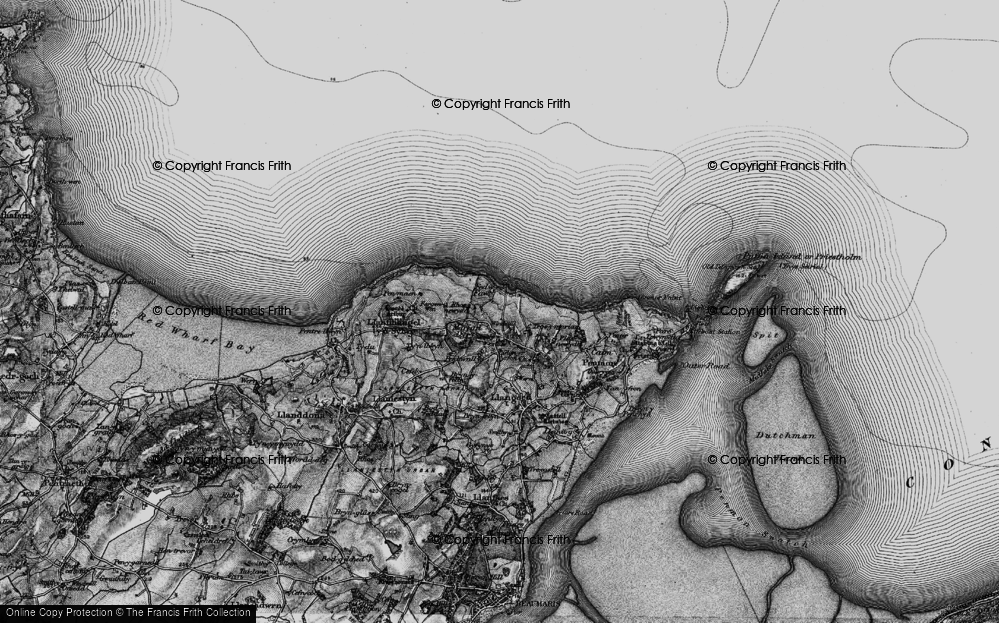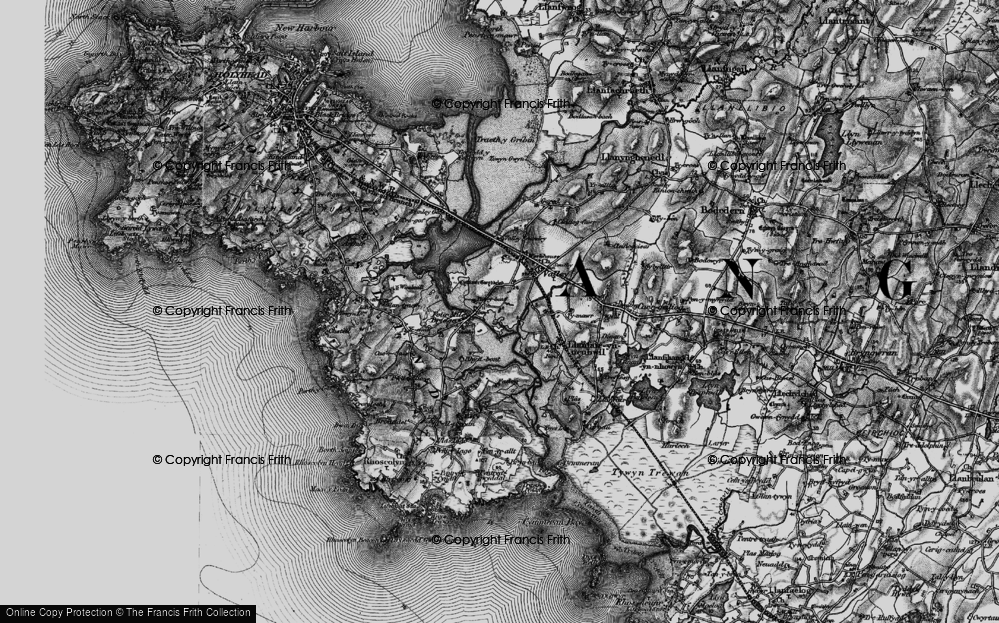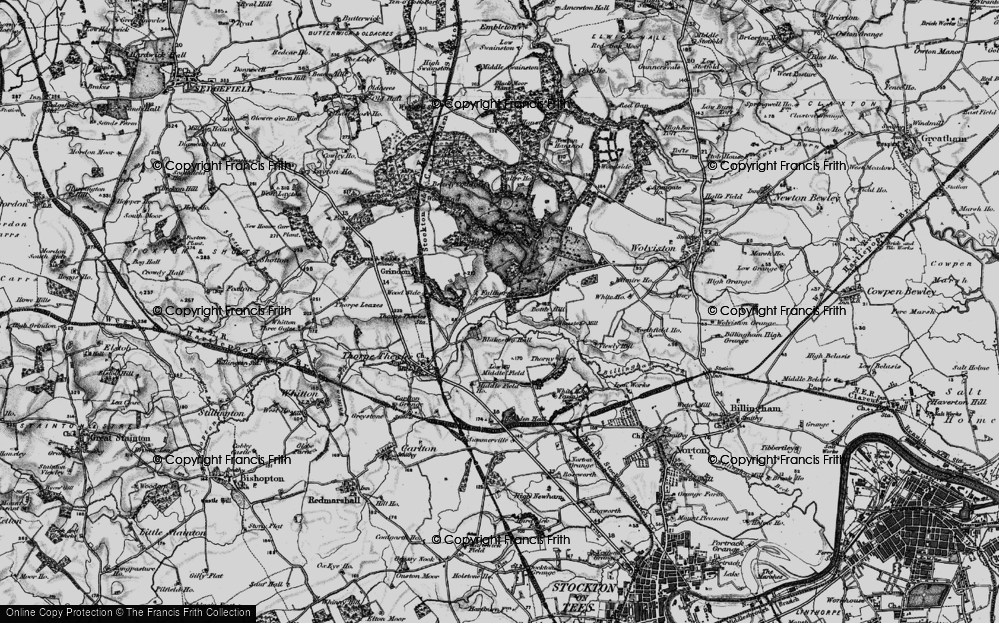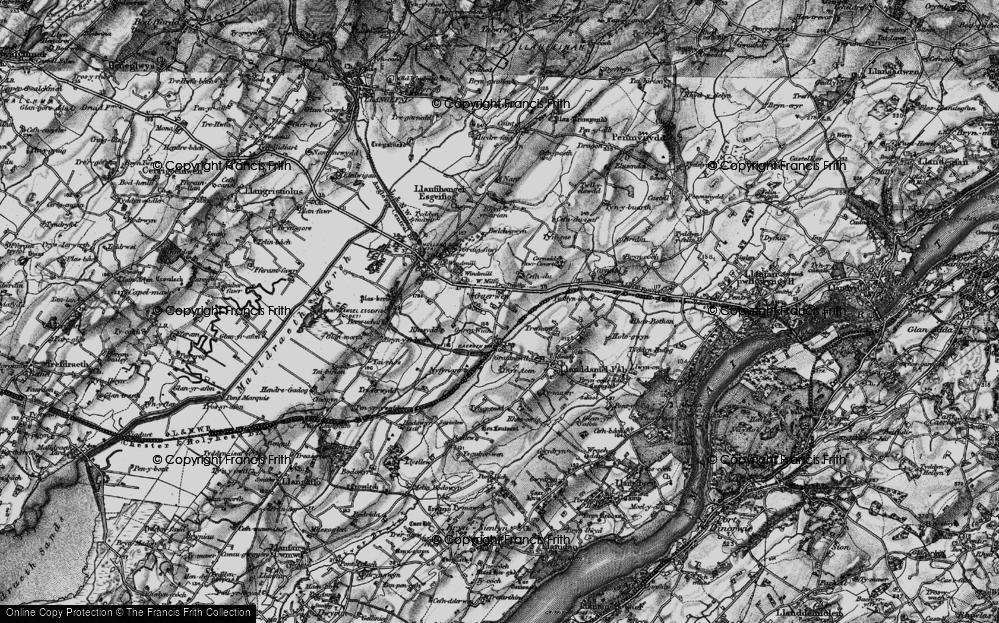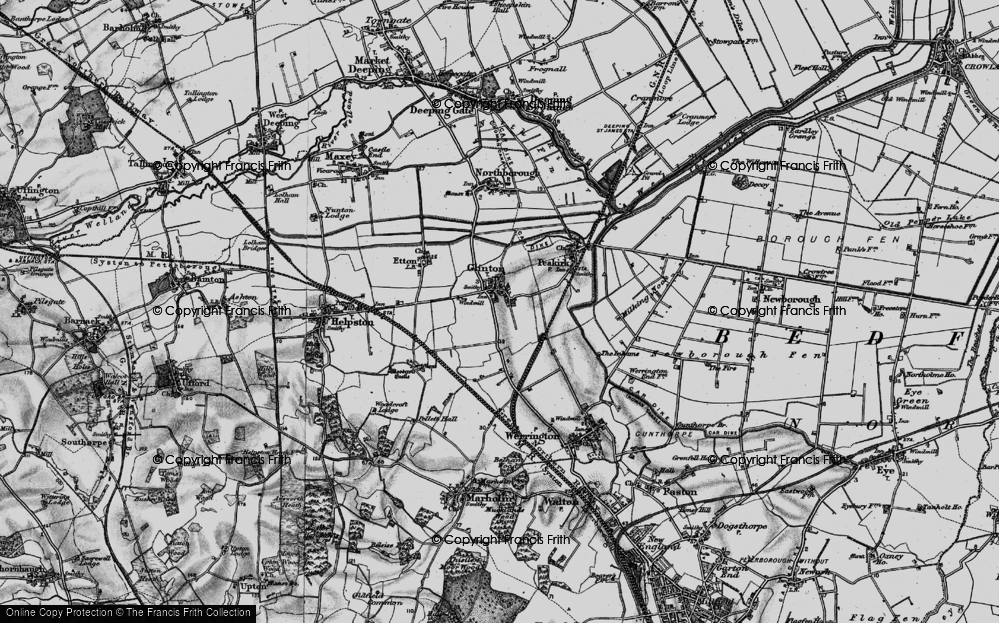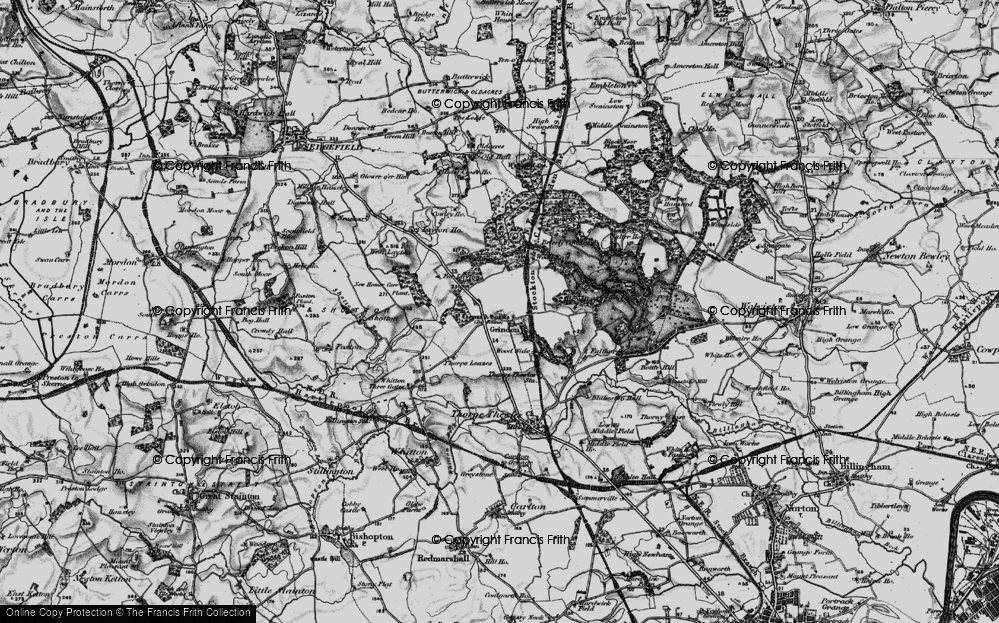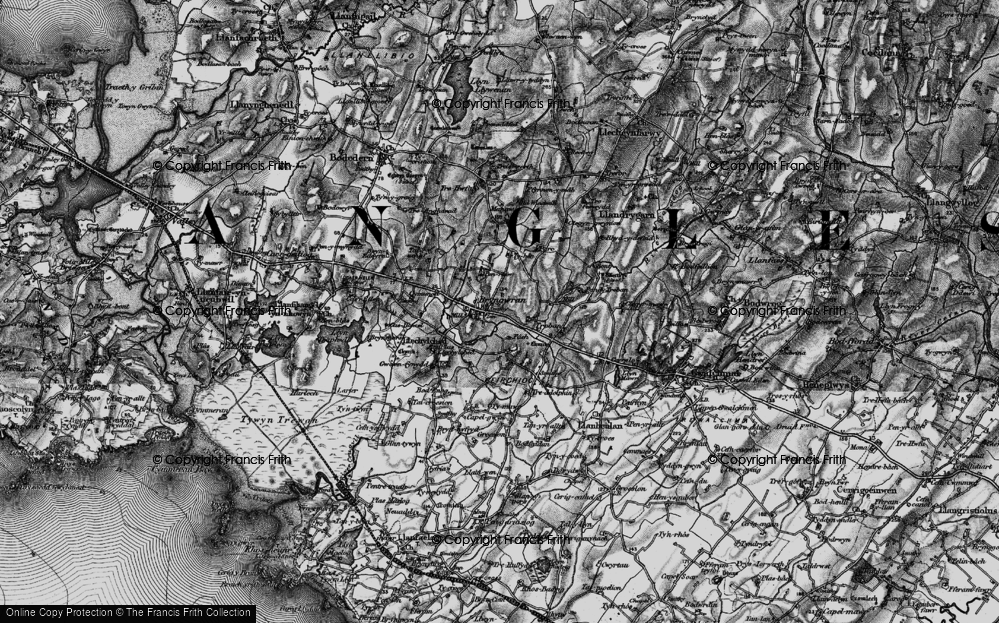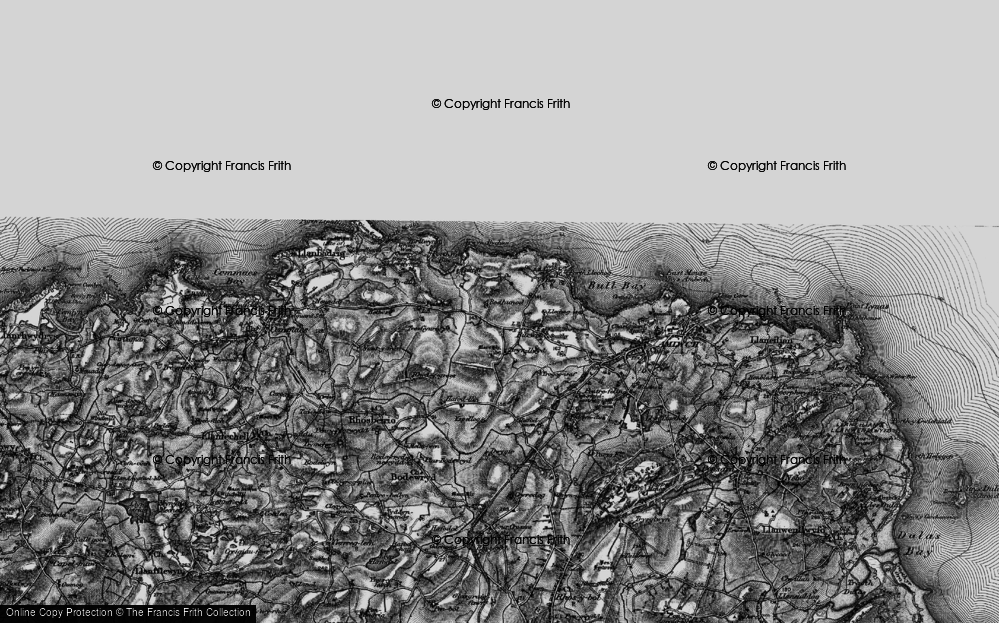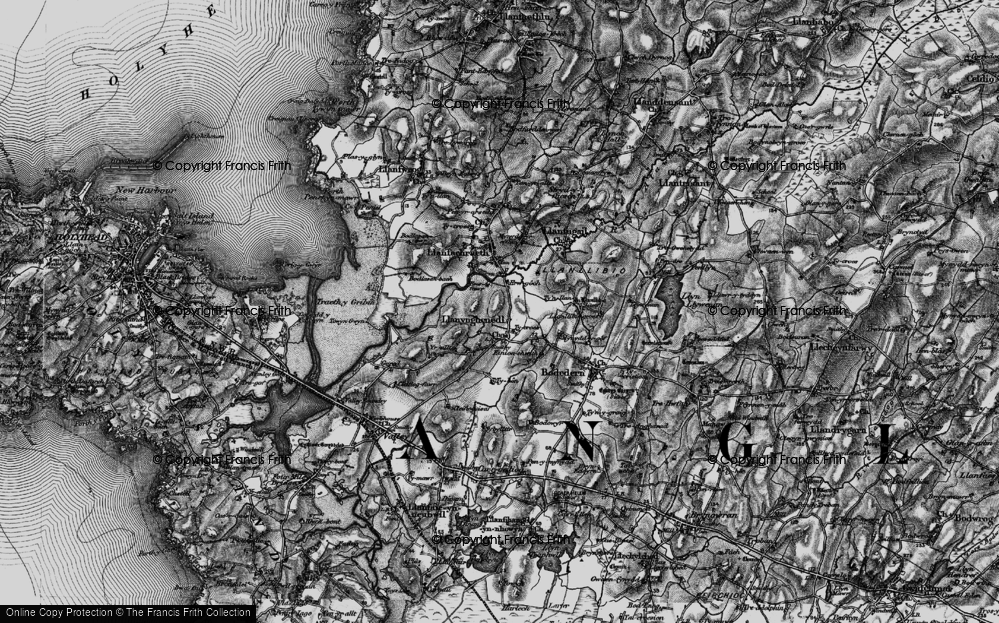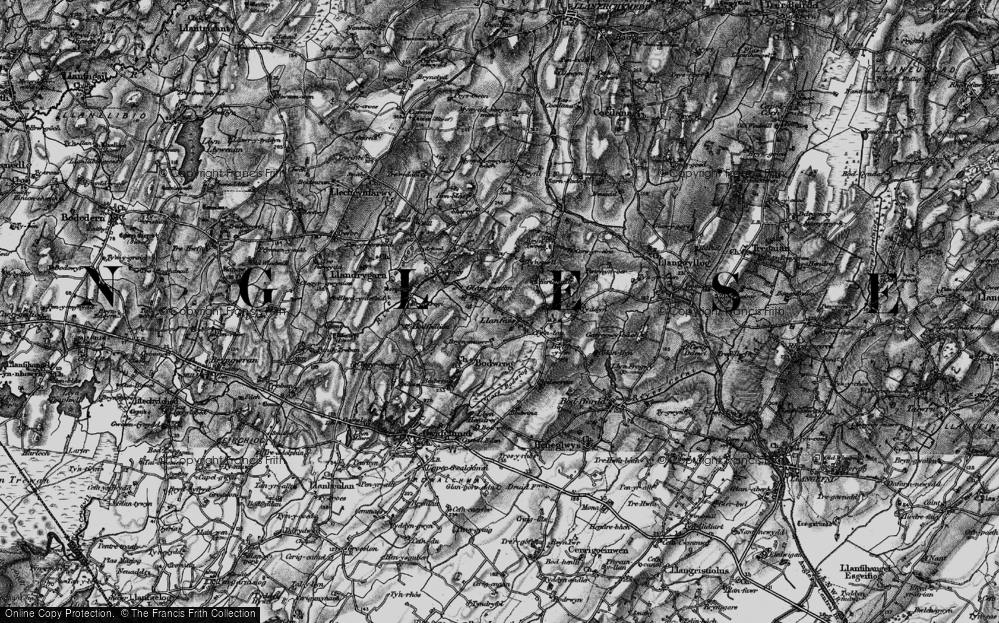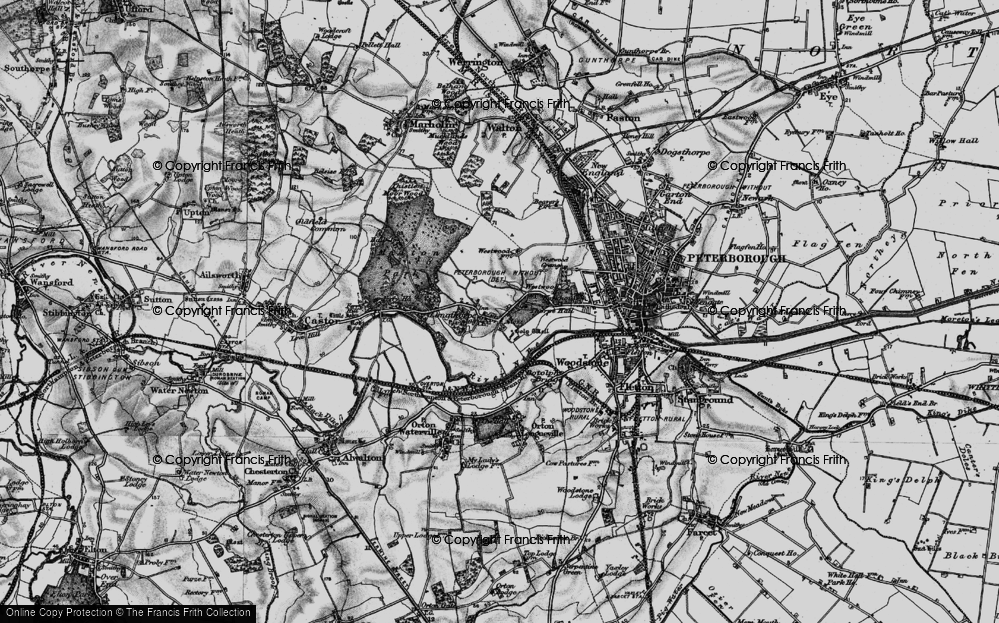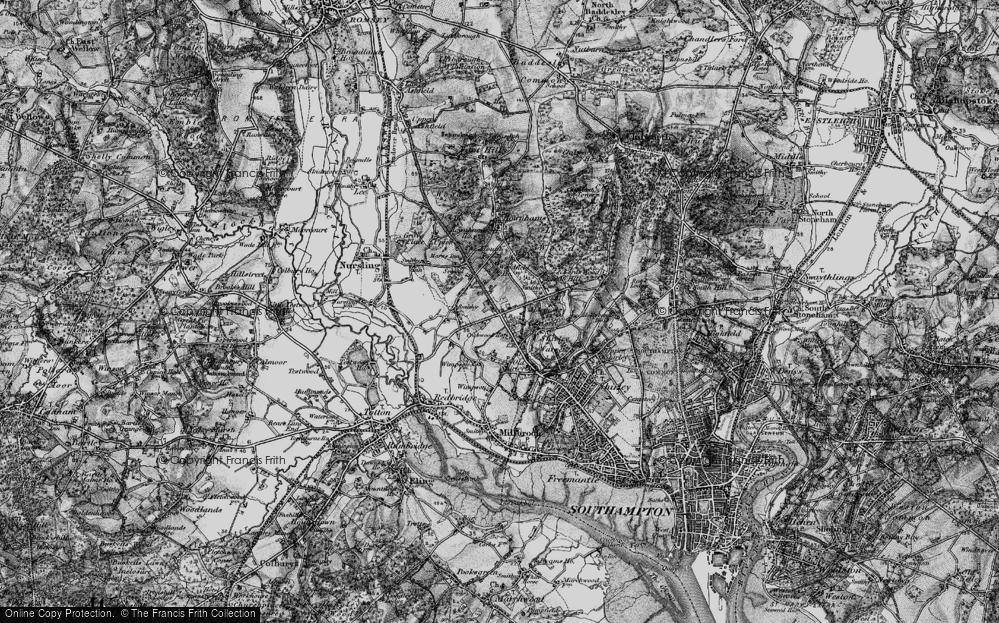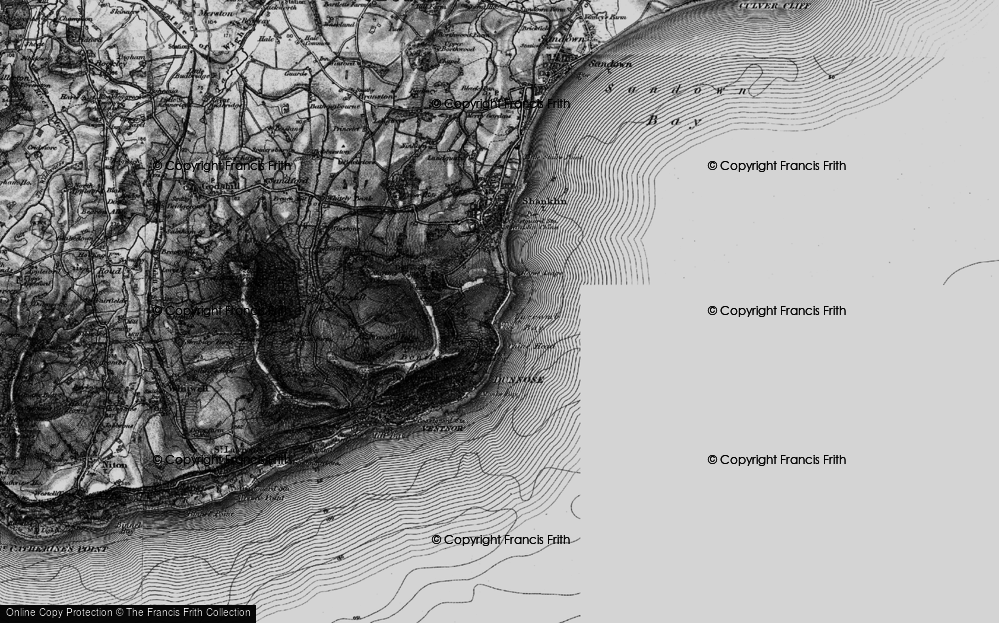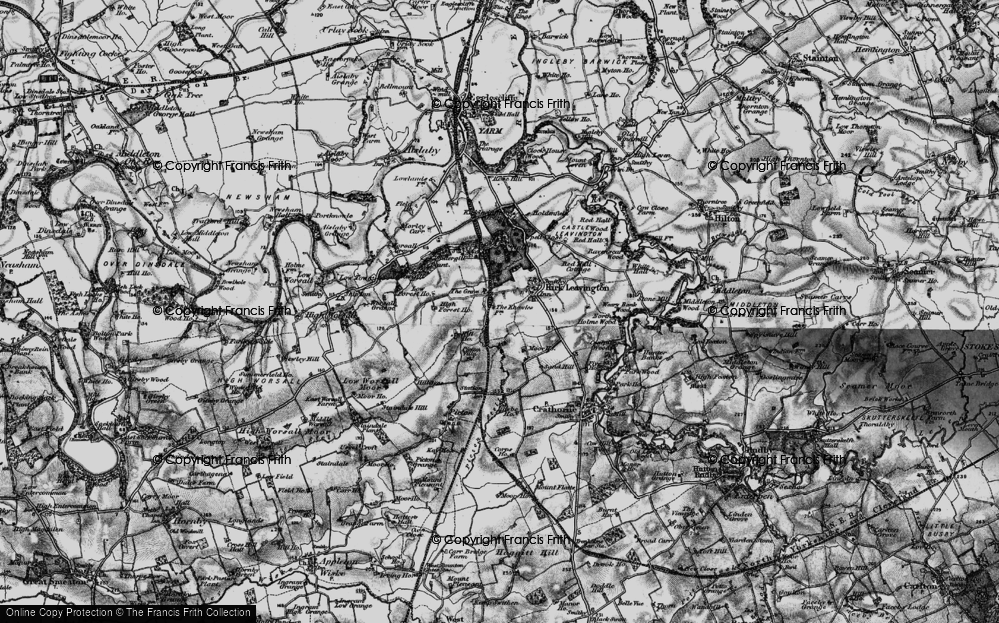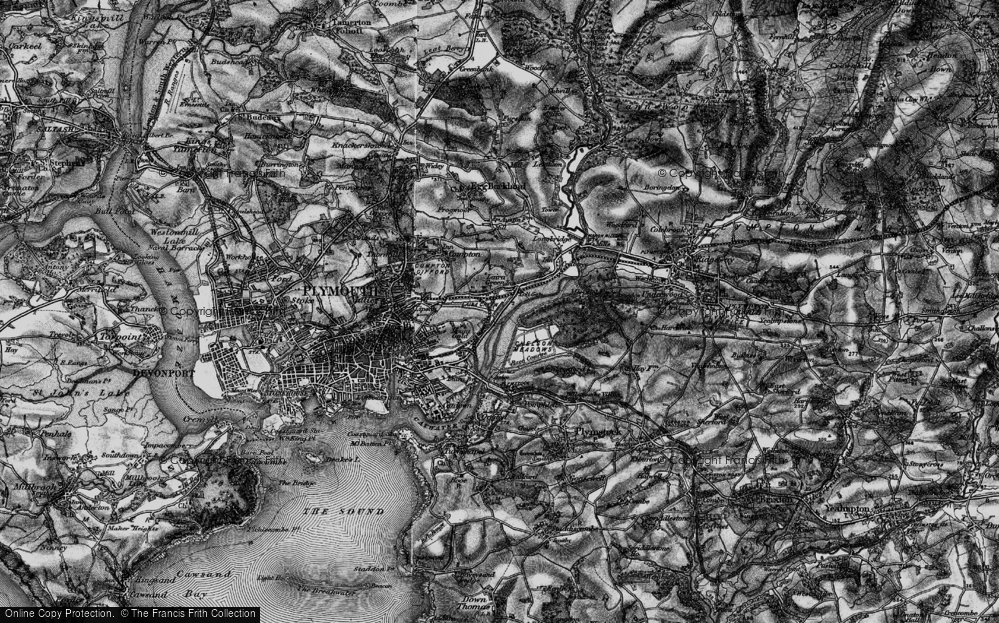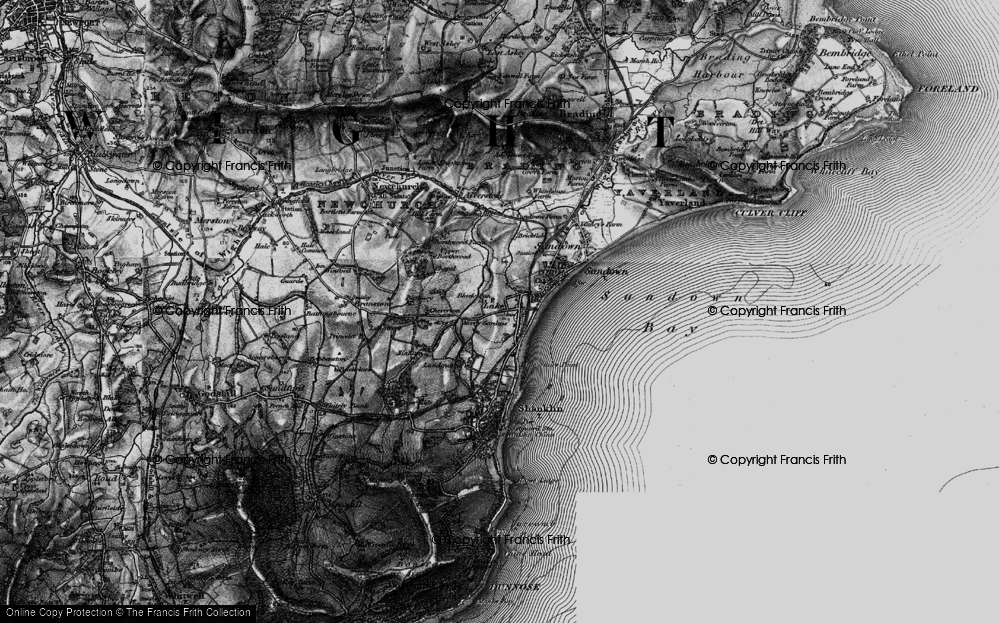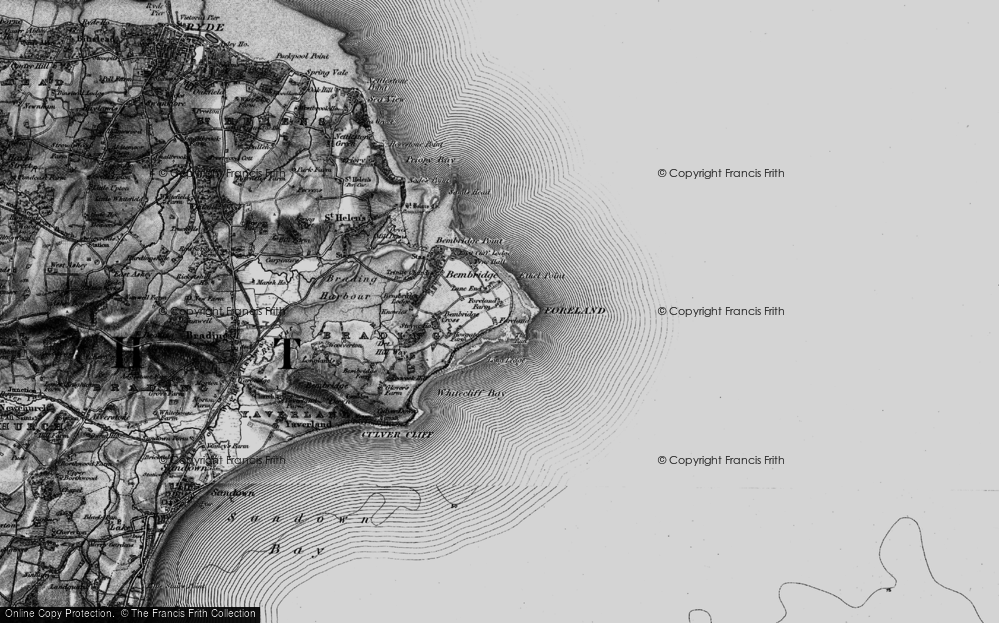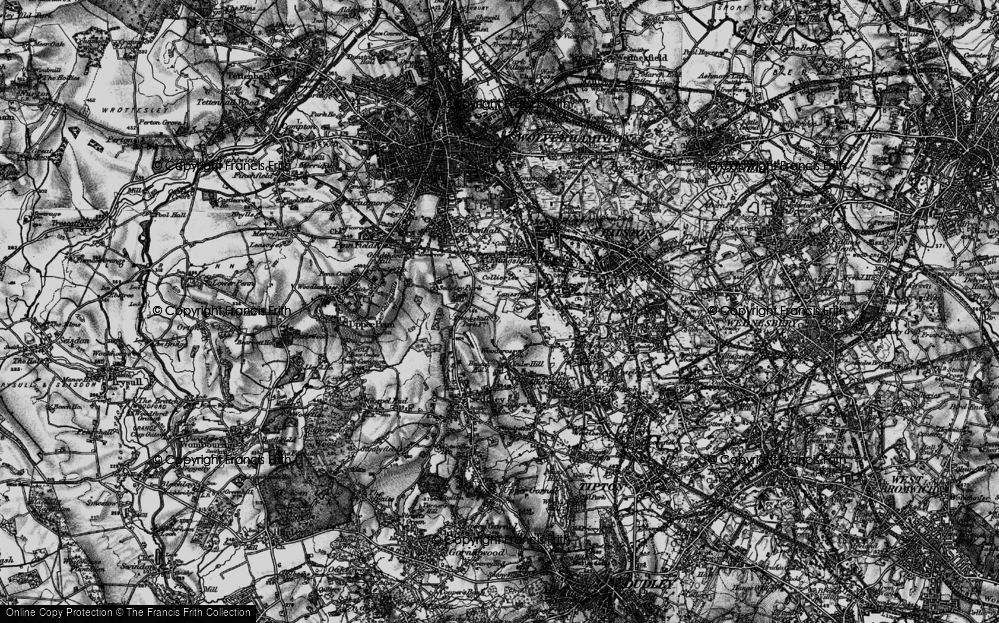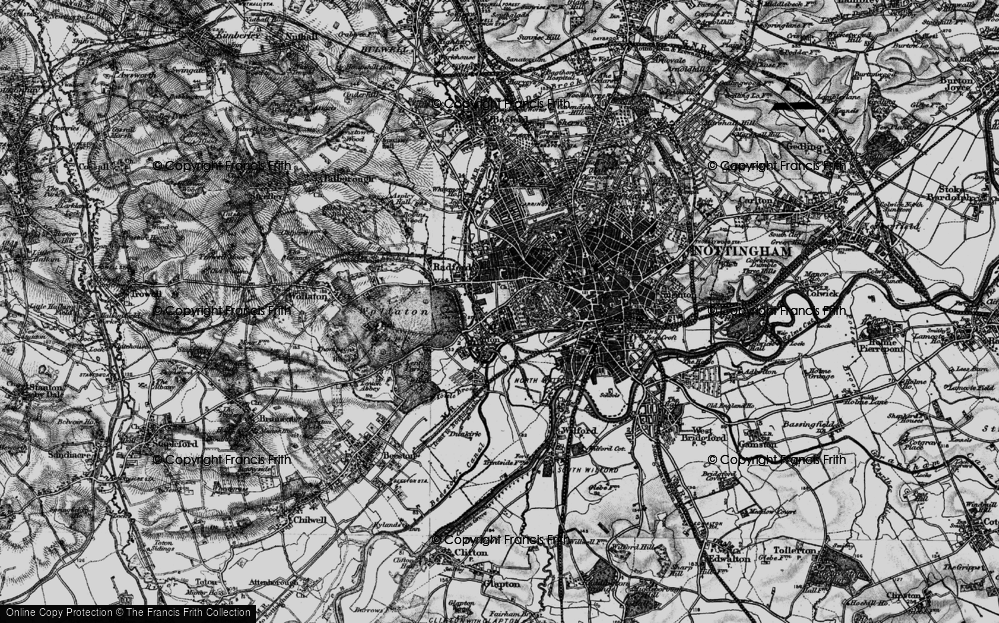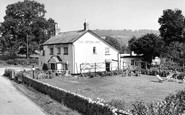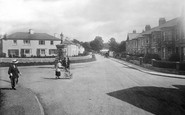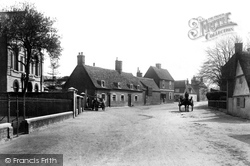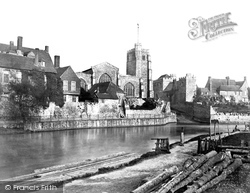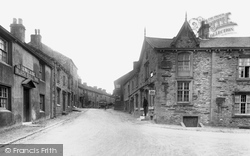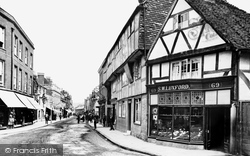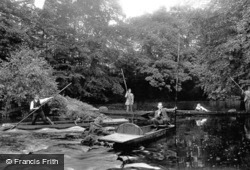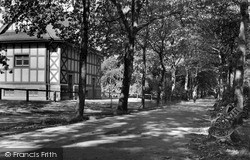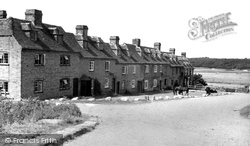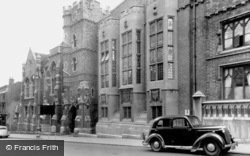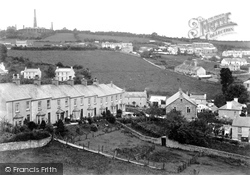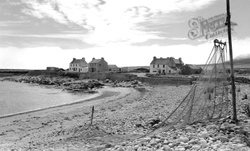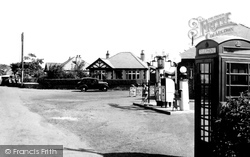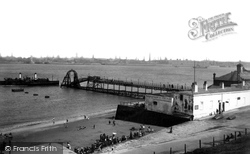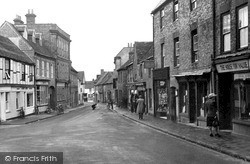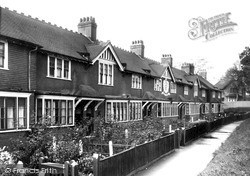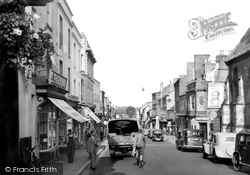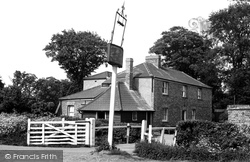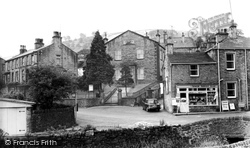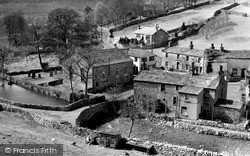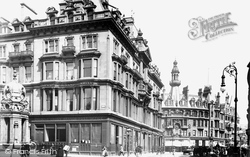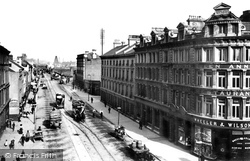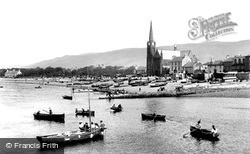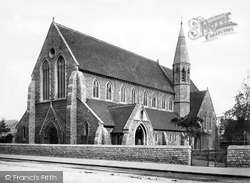Merry Christmas & Happy New Year!
Christmas Deliveries: If you placed an order on or before midday on Friday 19th December for Christmas delivery it was despatched before the Royal Mail or Parcel Force deadline and therefore should be received in time for Christmas. Orders placed after midday on Friday 19th December will be delivered in the New Year.
Please Note: Our offices and factory are now closed until Monday 5th January when we will be pleased to deal with any queries that have arisen during the holiday period.
During the holiday our Gift Cards may still be ordered for any last minute orders and will be sent automatically by email direct to your recipient - see here: Gift Cards
Places
Sorry, no places were found that related to your search.
Photos
Sorry, no photos were found that related to your search.
Maps
7,034 maps found.
Books
163 books found. Showing results 1,969 to 1,992.
Memories
22,913 memories found. Showing results 821 to 830.
East Ham Memories
I was born in Plashet Grove in 1951 but shortly moved to 146 Milton Avenue until moving away from the area in 1967. So many memories. Happy days playing in Plashet Park, 30 a side football in Milton Avenue with a case football ...Read more
A memory of East Ham in 1951 by
Lost Childhood
I was in the orphanage in the early 1950's. It was a terrifying experience, I remember having to stand around a bed with other kids to witness a nude child get beaten with a stick to teach everyone a lesson not to wet the bed. I ...Read more
A memory of Pantasaph in 1952 by
Memories Of Covenham As A Child
I was born in Covenham in Zeplin Row in 1950. I remember going to bed with candles as that was the only form of lighting we had. If it was cold in the winter I can remember my mum wraping up the warm oven ...Read more
A memory of Covenham St Mary in 1950 by
Memories Of The Otter Inn Weston
I was about two years old when my family were the landlord and landlady of the Otter Inn, their names were William and Gwendoline Davis, my name is Jane. I went to school at the Marist Convent Ottery St Mary. I used ...Read more
A memory of Honiton in 1953 by
#11 Station Road Family 1916 Till Present
My family, the Wicketts, were the first family to move into #11 Station Road, just after it was built. I believe not long before my father, Wilfred, was born in 1916, or prehaps just after his birth(?). My ...Read more
A memory of Totnes by
Childhood In South Moor. Lilian (Seymour) Gallon
I lived in William St, South Moor, with my parents. My grandparents also lived in William St. I attended Greenland School 1958-1964. My 1st teacher in infant school was Miss Heslop & Miss Strong ...Read more
A memory of Old Cassop by
The Londesborough
My memories of the Londesborough in the mid to late sixties was that it was one of the city's music pubs. Around 1966 local bands (called groups then) played at the Londesborough, The Coach and Horses and the Burns. The Londesborough ...Read more
A memory of York in 1966 by
Converlesant
I WAS AT BLACKWELL FOR CONVELESANCE AFTER HAVING MASTOIDS ON BOTH EARS
A memory of Blackwell in 1947
The Gables In Maldon
Re Bob Warren. I was 11 yrs old in 1964 but was only there for maybe 6 months. Mr Goslin still had two legs then. I never saw him use the cane but I had a bunch of keys hit me round my head from his wife and a member of staff ...Read more
A memory of Maldon in 1964 by
Feltham Hill School
I started at Feltham Hill School in 1950 at the age of five. I was the youngest of four children Jackie, Betty and Bobby - Mr Shattock was the Headmaster. We moved from Feltham to Ashford, Middlesex and I attended Echelford ...Read more
A memory of Feltham in 1950 by
Your search returned a large number of results. Please try to refine your search further.
Captions
9,654 captions found. Showing results 1,969 to 1,992.
The man with the horse and cart on the left is at the village pump, which is situated in front of the Methodist Chapel.
In 1111967 Accrington Corporation took over the maintenance of the graveyard at St James' Chruch. Several tombstones were removed, and the graveyard was tidied.
The clearance of the navigation was a very contentious issue in the early 17th century and an Act enabling the building of locks and wharves was not passed until 1664.
The longest canal tunnel in Scotland is on the Union Canal. It was built because the Forbes family did not want Callendar House to look onto a canal. The tunnel is 630 metres long.
Now very much part of Lancashire, the village of Slaidburn was in Yorkshire at the time of our photograph.
Here we have a splendidly detailed view of Godalming's High Street towards the end of the Victorian era.
Punting on the river in pre-war days. Near here is Conyngham Hall, now a conference centre, but once the home of the toffee maker from Halifax, Lord Macintosh.
This was the first of the open spaces provided for the workers of Wakefield at the end of the 19th century.
This village was one of Britain's major naval shipbuilding centres in the 18th and 19th centuries. For 500 years, oaks here were used in the building of some of Britain's greatest ships.
Round Oak Iron Works in the 1850s.Though by no means the first iron works in the area, it would become the most important.
Industrial housing is dominated by the tall chimney stack and circular kiln complex of the Plymouth Brickworks at North Dimson. Fire bricks were produced here in the second half of the 19th century.
A nostalgic scene of tiny Dooega, a cluster of cottages on the south western seaboard of Achill. Fishing nets are left out to dry on the cobbles at the top of the beach.
At the other end of the extended village of Gronant, before the area was given over to holiday accommodation and caravans, the post office not only sold stamps but also petrol and paraffin.
John Askew, who was at one time Liverpool's harbour master, founded the Egremont ferry service. The service finally closed in 1941 after the pier was badly damaged when a ship collided with it.
The small town of Watlington, at the foot of the Chiltern escarpment, used to be famous for its many inns.
This row of twelve cottages bears a large crest in the centre with the date 1905.
The long main street of Dorchester probably established its present line at the time of the Romans, and has been used by travellers since.
The Harrow stands on the road to North Ockendon.
Non-conformist places of worship, such as this Baptist chapel erected in 1876 at Cononley, just south of Skipton in Airedale, are common in the villages of the Yorkshire Dales, reflecting the stubbornly
This view shows the bridge over the Cam Beck at the top end of Ketttlewell, a charming village in the heart of Upper Wharfedale.
The Mansions still exist, but the hotel was demolished to make way for the M8 motorway, Kingston Bridge crossing over the Clyde at this point.
In the middle distance can be seen Queen's Bridge over the River Lagan, and beyond is industrial Belfast hard at work.
This 17th-century church is famous for the Skelmorlie Aisle, which contains the tombs of Sir Robert Montgomery and his wife.
Built at a total cost of £4000 including land, St Leonard's Church opened in 1873, the same year that St Leonard's district was created.
Places (0)
Photos (0)
Memories (22913)
Books (163)
Maps (7034)


